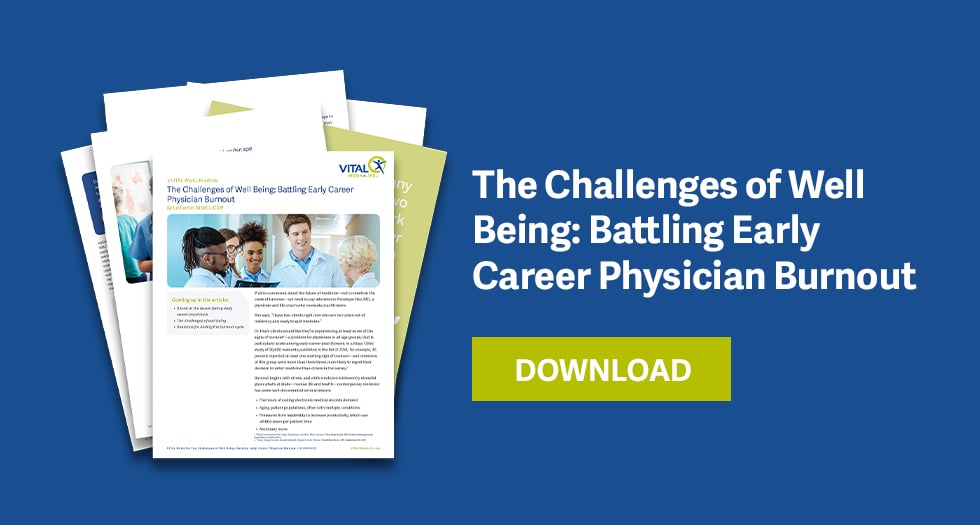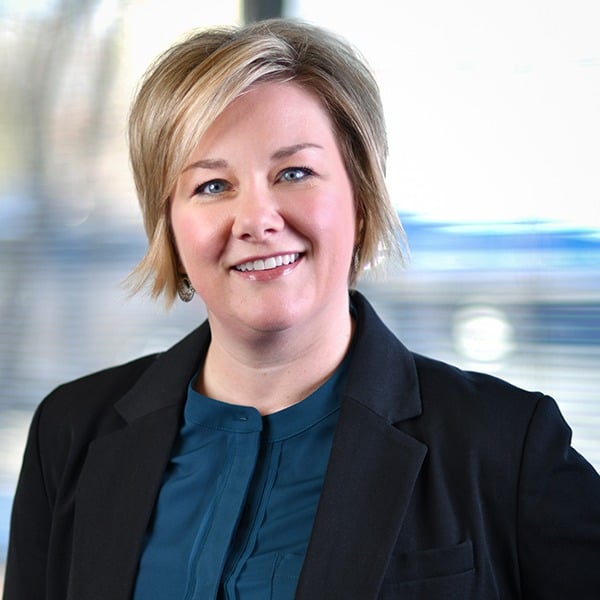Burnout threatens many physicians in all age groups in today’s stressful practice environments, but it can hit young physicians particularly hard—they’re learning the profession’s day-to-day aspects and juggling work-life balance issues along with everything else. For female physicians, especially those who are younger, there can be additional demoralizing stressors linked to sexism.
 As Julia M. Reilly, MD, writes in STAT, “Each time I’m not recognized as a doctor, or a patient dismisses my advice in favor of a male physician’s, I question myself.” One patient, after Dr. Reilly spent 75 minutes on his treatment plan, asked “to see a physician.”1
As Julia M. Reilly, MD, writes in STAT, “Each time I’m not recognized as a doctor, or a patient dismisses my advice in favor of a male physician’s, I question myself.” One patient, after Dr. Reilly spent 75 minutes on his treatment plan, asked “to see a physician.”1
Given Dr. Reilly’s experience, it’s probably not surprising, as AthenaInsight reports, 54 percent of female physicians 45 or younger report symptoms of burnout. In addition, according to the same survey, female physicians are also less likely to report they feel capable in their jobs—“capability” here being defined as “having the tools, resources, information, and latitude to provide high-quality care.”2
Read more about the impact of burnout on female physicians in our 2017 survey results.
The Athena article goes on to query several prominent female physicians on what can be done to make burnout less likely in this population of physicians. The promotion of diversity and mentorship rank high in the responses.
“Diversity inclusion programs work,” says Alisha Liggett, MD. “Bringing in a diverse executive staff with an intentional focus on bringing in more women, people of color, and people with different experiences will inherently make an organization better and better prepared to face challenges in the healthcare system.”
And Deb Edberg, MD, adds, “Being a mentor to residents allows me to make space for the women coming behind me. I make sure to encourage them, put them in the right positions, give them credit, and make sure they have the tools they need to fill that space. This includes giving experiential wisdom, especially to the women residents, about things like having a family and maintaining a full-time career.”
Clearly, a big part of forestalling burnout is the right kind of human connection—the kind of face-to-face validation from people who “get” them—validation that reminds physicians that they’re important and valued human beings as well as efficient physicians.
For more on dealing with the specter of burnout in early-career doctors, see our article “The Challenges of Well Being: Battling Early Career Physician Burnout” or contact us to learn about our proactive well being resources to support your clinical staff.
*"Physician burnout in 2019, charted," Advisory Board, January 18, 2019



